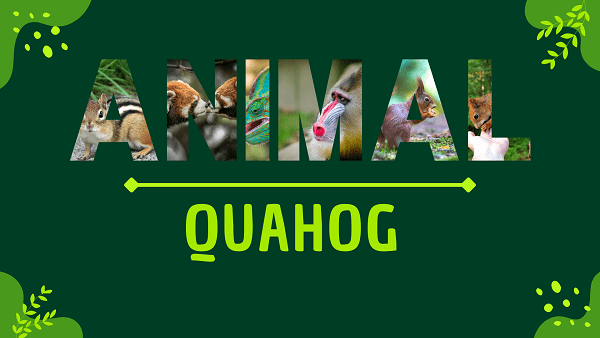Quahog Overview
Appearance
The Quahog is a type of hard-shelled clam with a rounded, asymmetrical shell. Its shell can vary in color, often ranging from dark brown to black, with concentric growth rings that highlight its age. The shell’s interior is smooth and glossy.
Quahogs can grow to various sizes, with some reaching a diameter of up to 4 inches. These clams have a robust, muscular foot that allows them to burrow into sandy or muddy substrates.
Origins And Evolution
Quahogs, scientifically known as Mercenaria mercenaria, have a long evolutionary history dating back millions of years. Fossil records indicate the presence of ancestral bivalves resembling modern quahogs during the Cretaceous period. Over time, they have undergone adaptations to thrive in a variety of coastal and estuarine environments.
Their evolution is marked by the development of a sturdy, rounded shell, which serves as protection from predators and environmental factors. Quahogs are bivalve mollusks, belonging to a diverse group with a wide range of shell shapes and sizes.
Quahogs’ evolutionary journey demonstrates their resilience and ability to adapt to changing coastal ecosystems, making them ecologically significant filter feeders and valuable resources in the seafood industry.
Behavior and Lifestyle
Quahogs are sedentary filter-feeding bivalves with a relatively simple lifestyle. They burrow into sandy or muddy substrates in coastal and estuarine areas, where they remain mostly immobile. Using their muscular foot, they anchor themselves securely in the sediment.
Quahogs are filter feeders, drawing in water through siphons and capturing tiny plankton and organic particles for nutrition. They are most active during high tide when water covers their habitat. Their slow and steady lifestyle contributes to their long lifespan, as some quahogs can live for several decades.
Quahog Scientific Classification
- Kingdom: Animalia
- Phylum: Mollusca
- Class: Bivalvia
- Order: Veneroida
- Family: Veneridae
- Genus: Mercenaria
- Species: Mercenaria mercenaria
Quahog Locations
- The eastern coast of North America
- Atlantic Ocean
- Gulf of Mexico
- Eastern Canada
- Eastern United States
Fast Facts
- Name: Quahog
- Scientific Name: Mercenaria mercenaria
- Habitat: Coastal, Seabeds
- Diet: Filter-feeder, Plankton
- Physical Features: Hard shell
- Nocturnal: No, Diurnal
- Solitary: Clustered, Colonial
- Unique Order: Bivalvia, Veneridae
- Lifespan: 20-30 years
- Conservation Status: Least Concern
- Fun Facts: Edible Clam, Longevity Record
Physical Characteristics
- Color: Gray-brown
- Skin Type: Hard-shelled
- Top Speed: Immobile
- Lifespan: 20-30 years
- Weight: Heavy-shelled
- Length: 4-5 inches
- Age of Sexual Maturity: 1-2 years
- Age of Weaning: N/A (larvae in water)
Quahog FAQs
What is a Quahog?
A Quahog is a type of hard-shell clam found in coastal and estuarine environments.
What does the term “Quahog” mean?
The term “Quahog” is of Native American origin, specifically from the Narragansett language, and it refers to this type of clam.
Where are Quahogs typically found?
Quahogs are commonly found along the eastern coast of North America, including the Atlantic Ocean, Gulf of Mexico, and parts of Canada and the United States.
What do Quahogs eat?
Quahogs are filter feeders, primarily consuming plankton and organic particles suspended in the water.
Can you eat Quahogs?
Yes, Quahogs are commonly harvested for their meat, which is a popular ingredient in seafood dishes.
